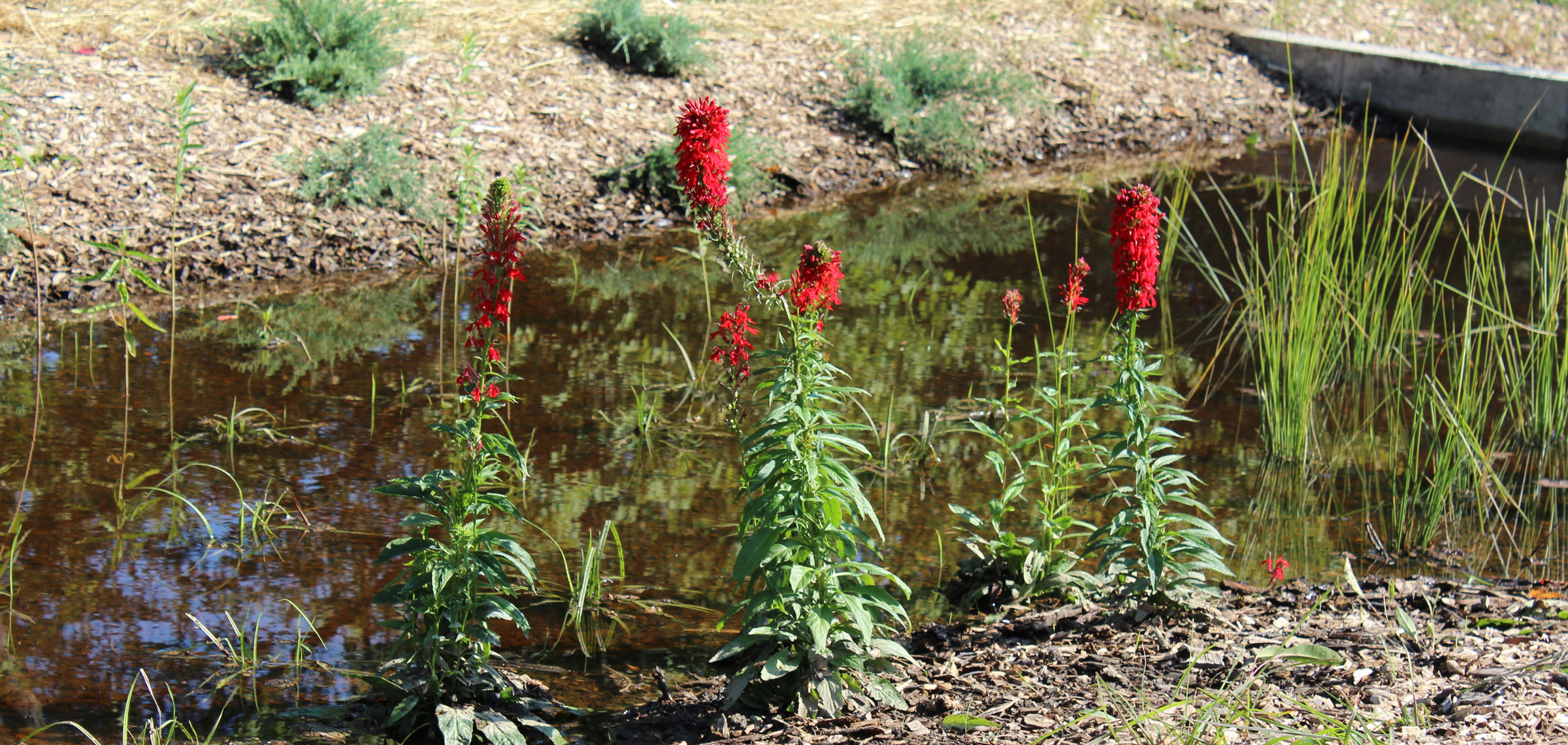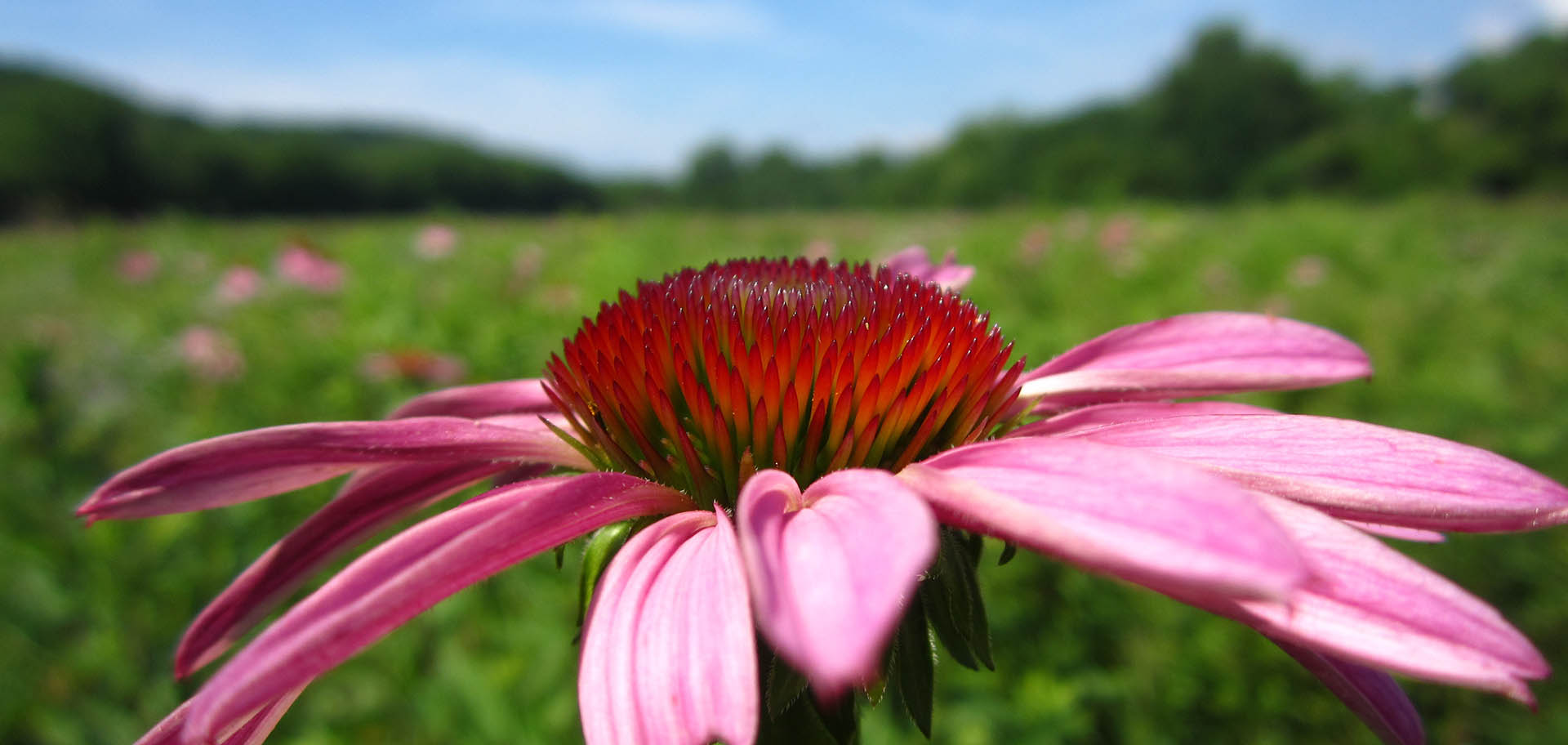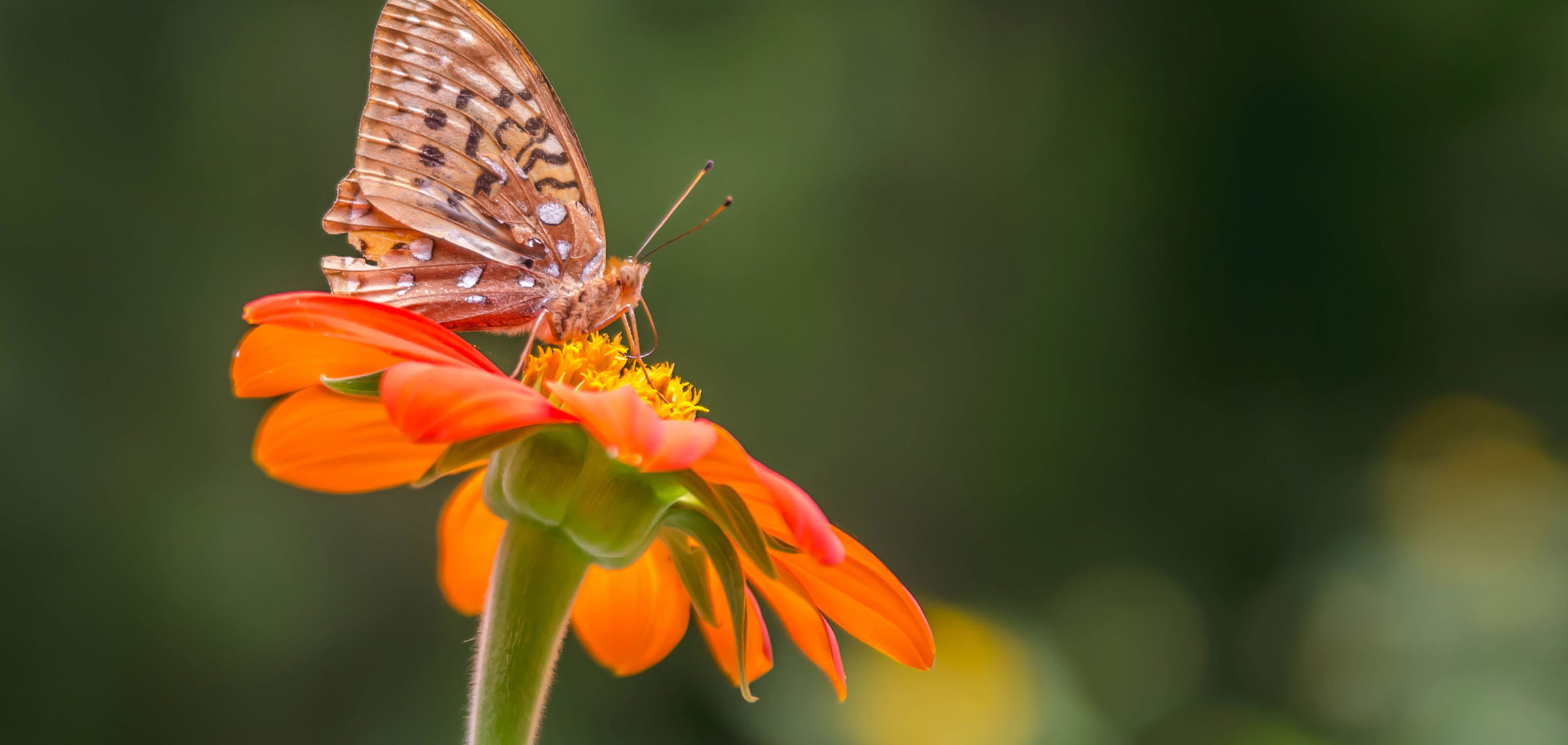Great Parks of Hamilton County is proud to be a lead partner in the tree planting initiative Taking Root.
The mission is to replace, retain and expand trees in the Greater Cincinnati tri-state region with a goal to plant two million trees by 2020 — that is one tree for each resident in the eight-county tri-state region! The initiative was created in response to the ongoing threat on our regions trees that the emerald ash borer, Asian longhorned beetle, bush honeysuckle and other culprits, have created. By planting trees, we can reduce the threat and help grow a healthy and diverse tree environment.
The initiative kicked off on September 26, 2013, with a ceremony at Eden Park and a great group of partners, including Green Umbrella, Cincinnati Parks, Northern Kentucky Urban and Community Forestry Council, Davey Resource Group, Ohio Division of Forestry, Cincinnati Nature Center, Clermont County Park District, Clermont County Soil and Water District, Boone County Arboretum, City of Lebanon, Natorp’s, among others. At that time, Great Parks pledged to plant 60,000 trees by 2016. On October 22, 2016, Great Parks exceeded that goal by planting its 100,000th tree!
Click here for more information about Taking Root, to donate or to register a tree that you plant to count towards the two million goal!
Great Parks Receives Awards for Tree Planting Efforts with Taking Root Initiative
Great Parks of Hamilton County was recognized by regional reforestation group, Taking Root, at the Taking Root Great Tree Summit at the Cincinnati Zoo & Botanical Garden on January 31, 2015. The awards celebrated organizations and individuals who are helping to reach the group’s goal of planting two million trees within the eight county, Cincinnati tri-state region by 2020.
John B. Peaslee Award
Great Parks is honored to have received the Taking Root John B. Peaslee Award. The award recognizes a public sector, non-profit entity or individual for initiative that addresses the goals of Taking Root, benefits and serves as a model for protecting and enhancing our region’s trees and forests and honors the memory of John B. Peaslee, the Superintendent who closed Cincinnati schools on April 27, 1882, so that students could plant trees in an abandoned vineyard that has since become the beautiful Eden Park.
Johnny Appleseed Award
Great Parks of Hamilton County Natural Resource Manager Tom Borgman was honored to receive the Johnny Appleseed Award. The award recognizes those who have helped advance Taking Root’s goals to plant trees, better manage our forests, promote the benefits of trees and foster stewardship among people in this effort. Tom serves on the Taking Root board and has been instrumental in managing Great Parks’ tree planting projects.



